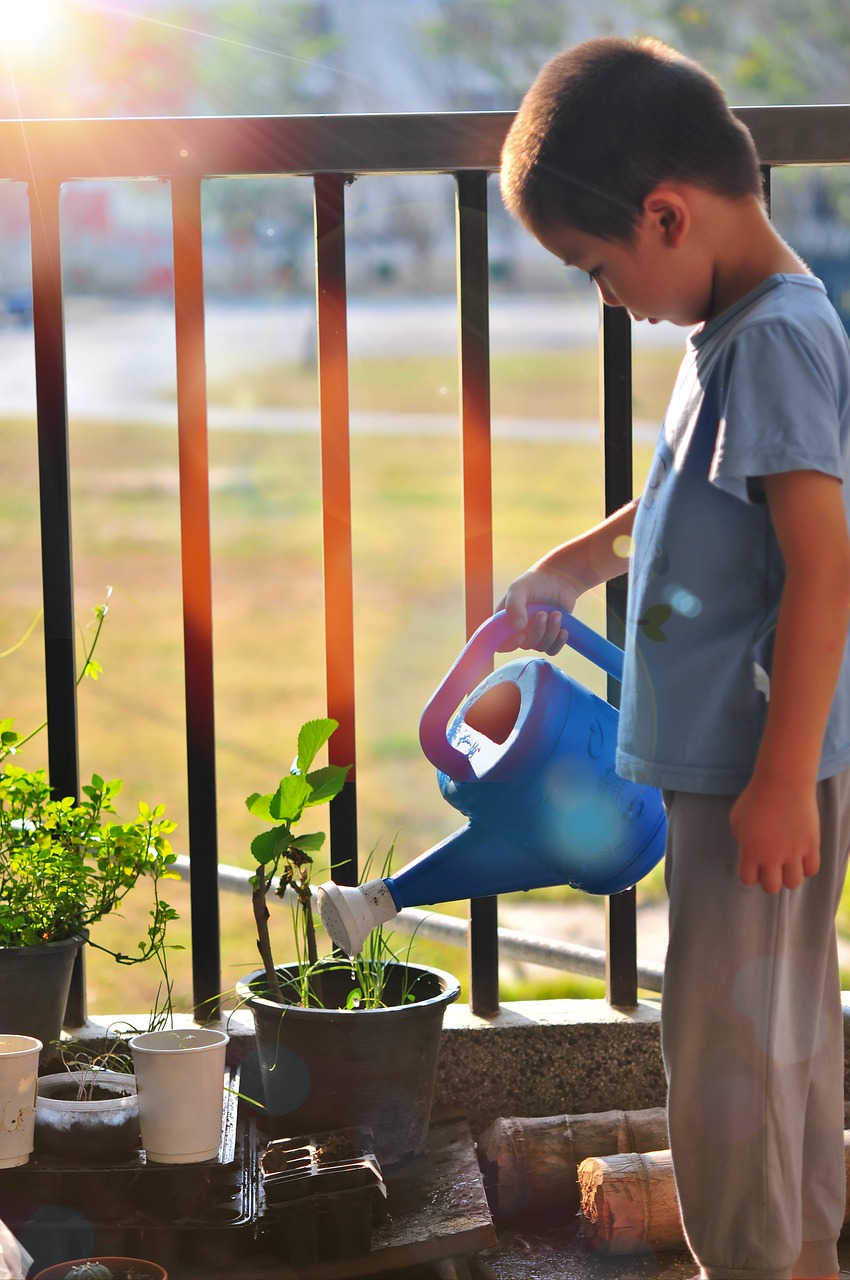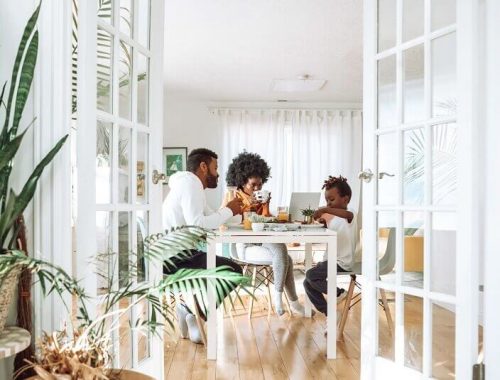
How to design and maintain a Southeast Asian style garden
Even if you go deep into the rural areas of many Southeast Asian regions, a general garden design and maintenance style very quickly becomes apparent. Very distinct characteristics make gardens in this region a pleasure to maintain and these distinct characteristics come to the fore whether there is ample or limited space.
Often the space is indeed limited, with the public-facing side of the typical Southeast Asian home suggesting that there might not be any space at all for a garden. Often, professional landscapers (like those found at https://tampalandscapingcompanies.com/) with years of experience need to design and plan the garden in such a way that maximizes space usage and enhances greenery everywhere. This is what makes Southeast Asian gardens so magical, but it goes beyond just trying to make the space as green as possible, complemented with some very bright colours. It’s more about honouring the traditions that developed a considerable amount of time ago, which are deeply rooted in making full use of Mother Nature’s flora fighting very hard to grow and flourish.
Different types of planters
Because of limited space, or the general belief that space for “showy” gardening should be allocated as close to the building structure as possible, the typical Southeast Asian garden heavily features different kinds of planters and plant pots.
Outdoor garden furniture will often be found located out in the patio, balcony or even right by the side of the road, complemented by flowering plants that are located in different types of planters. Portability is not necessarily the order of the day, because some of these planters are made of concrete and are heavy, with some of them built right into the building structures. So you might see a wall that has some planters built into it.
Making use of the plants’ adaptability
Plants have proven, time and again, to be extremely adaptable. In other parts of the world the ones, we nurse and nurture appear to be a lot more fragile and frail though, but in Southeast Asian gardens even the most beautiful of flowering plants often need to be trimmed and pruned so that they don’t grow out of control. Trimming and pruning the plants will give you a great view to enjoy from any outdoor garden furniture you have. This is why it is important to regularly maintain a clean and tidy garden space. To further assist in this regard, consider using tools like this battery blower, which can help keep fallen leaves and debris at bay. Regular use of such equipment may ensure your garden remains neat, allowing your plants to thrive without being smothered by organic clutter.
A preference for functional crops over lawns
Even in the case that a particular family might have a sizeable plot of land to work with, you’ll seldom, if at all, see something like a lawn. There’s a preference for functional crops over those that just take up space to make the garden look beautiful, although they do manage to make it look great. So you might have fruit-bearing trees planted or something like a pumpkin patch, watermelons, etc. The main building usually takes up most of the space with what people in other places in the world would refer to as exotic trees, like palms, bananas, etc, complementing the main building structure.
Man and nature coming together
A common feature of Southeast Asian gardens is their design that aims to create a harmonious connection between people and nature. This often leads to scenes of homeowners, comfortably shirtless, enjoying their cozy outdoor areas adorned with attractive teak garden furniture. The shade in these gardens comes from a mix of the trees’ natural canopy and outdoor structures like patios, all thoughtfully integrated into the landscape design.
In the green landscapes of Southeast Asia, a unique garden design and maintenance style emerges, captivating the senses with its distinct characteristics. Even in the most rural corners of this region, the charm of Southeast Asian gardens is revealed. These outdoor spaces, whether expansive or confined, possess an innate charm that transcends the boundaries of space.
The resilience of plants takes center stage in these gardens. In a world where fragility often defines nurturing, Southeast Asian flora paints a different story. The act of trimming and pruning becomes an art form, shaping the plants into a symphony of beauty. As one reclines on outdoor garden furniture, the carefully cultivated foliage unfolds before their eyes, a testament to nature’s adaptability and the gardener’s prowess.
- Top Hotel Design Trends of 2025: Luxury, Flexibility, and Nature - 18th November 2024
- How Modern Business Interiors Boost Social Media Engagement: A Guide to Creating Share-Worthy Spaces - 2nd October 2024
- 7 Coffee Table Magazines We Can’t Get Enough Of - 20th August 2024
You May Also Like

Maintaining a Healthy Diet During Chemotherapy
27th July 2021
The Essence of Home: A Journey into the Heart of Comfort and Belonging
31st October 2023


